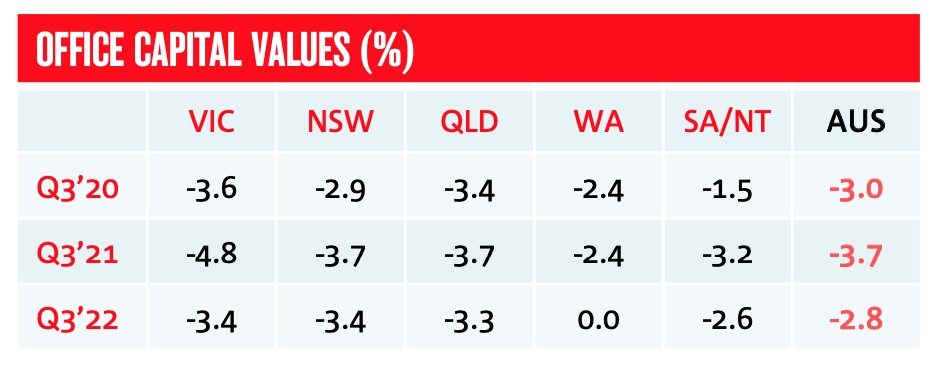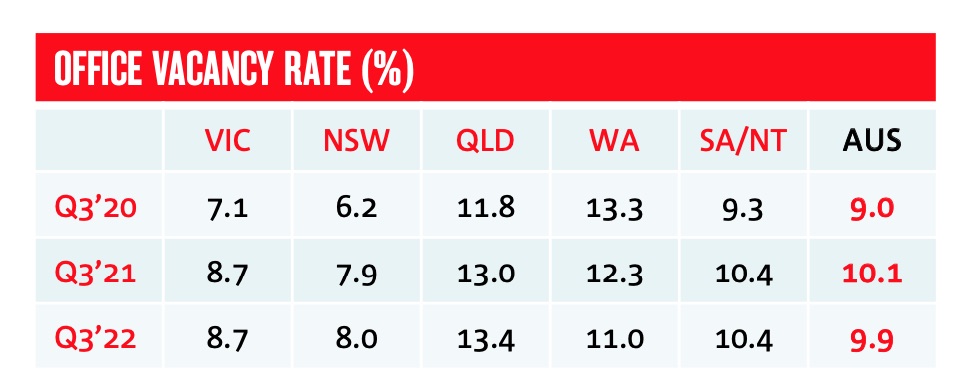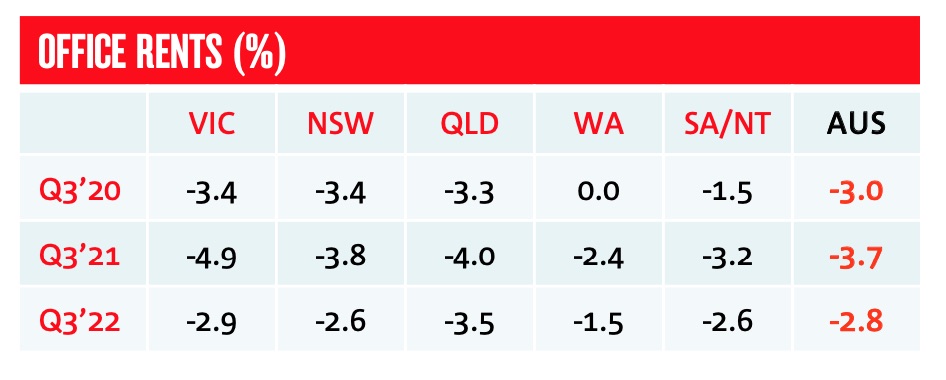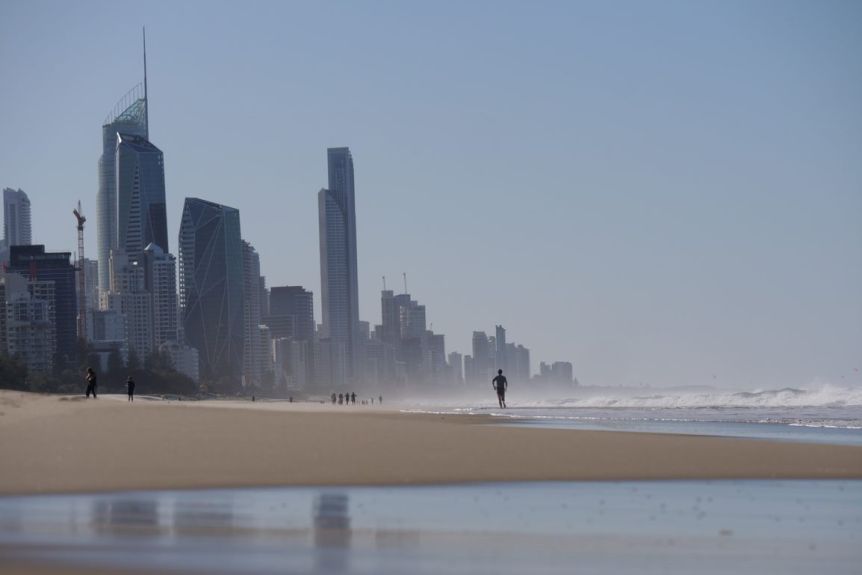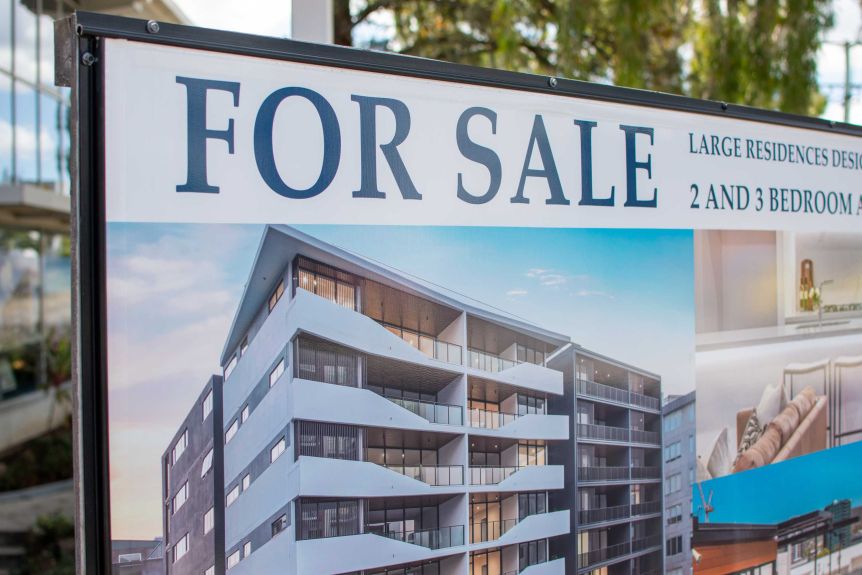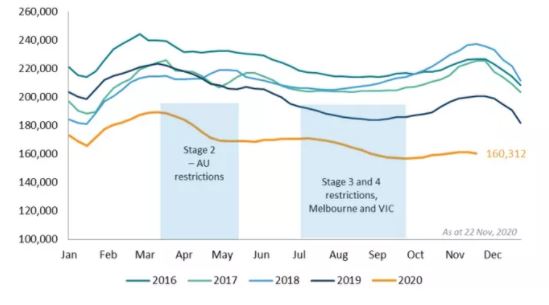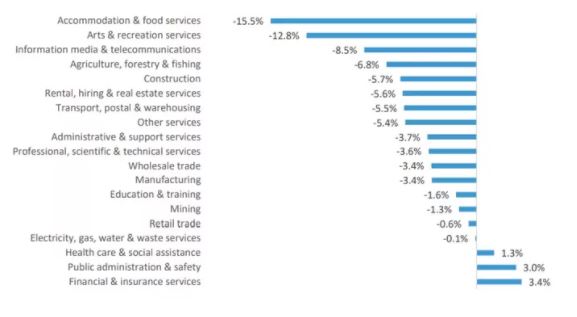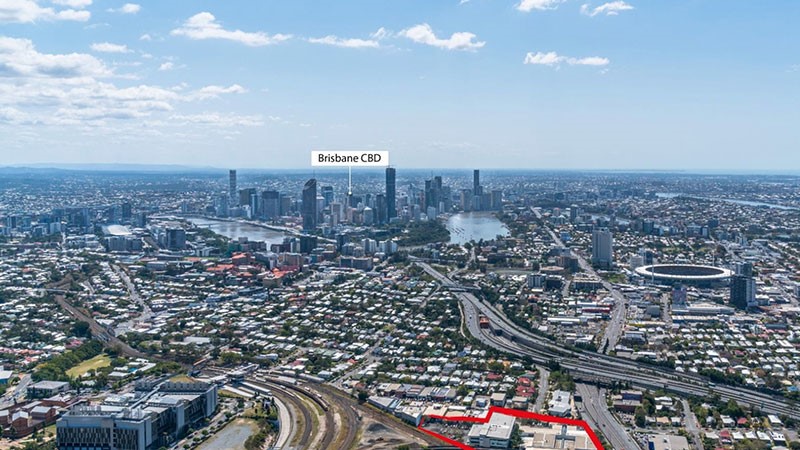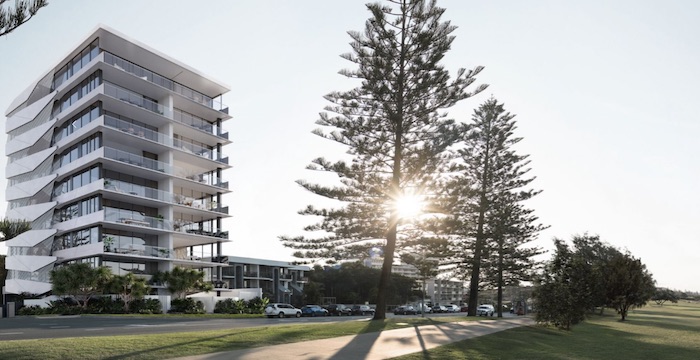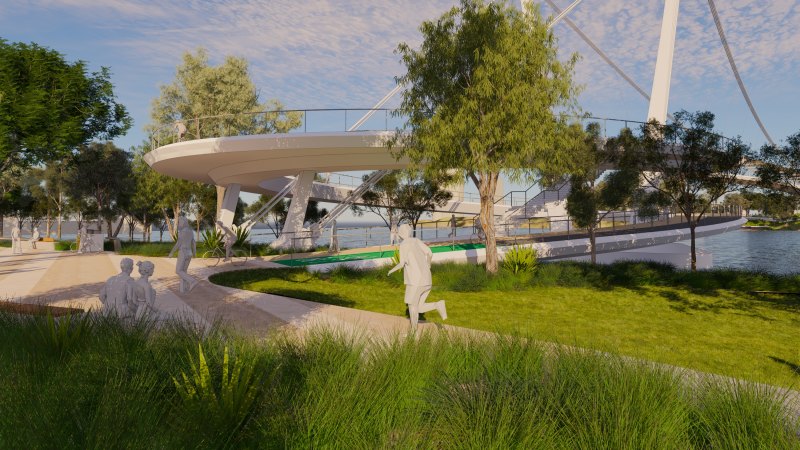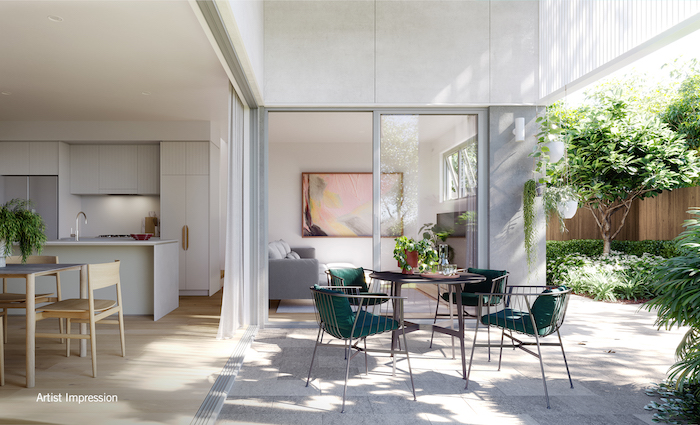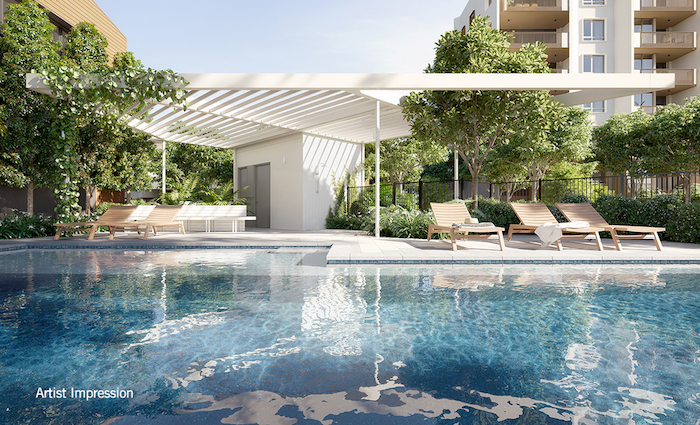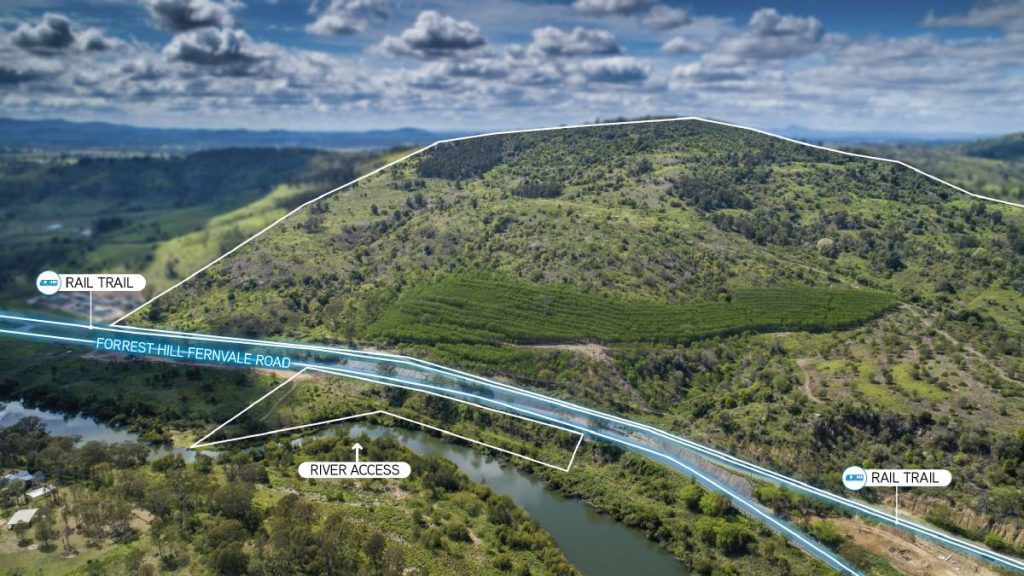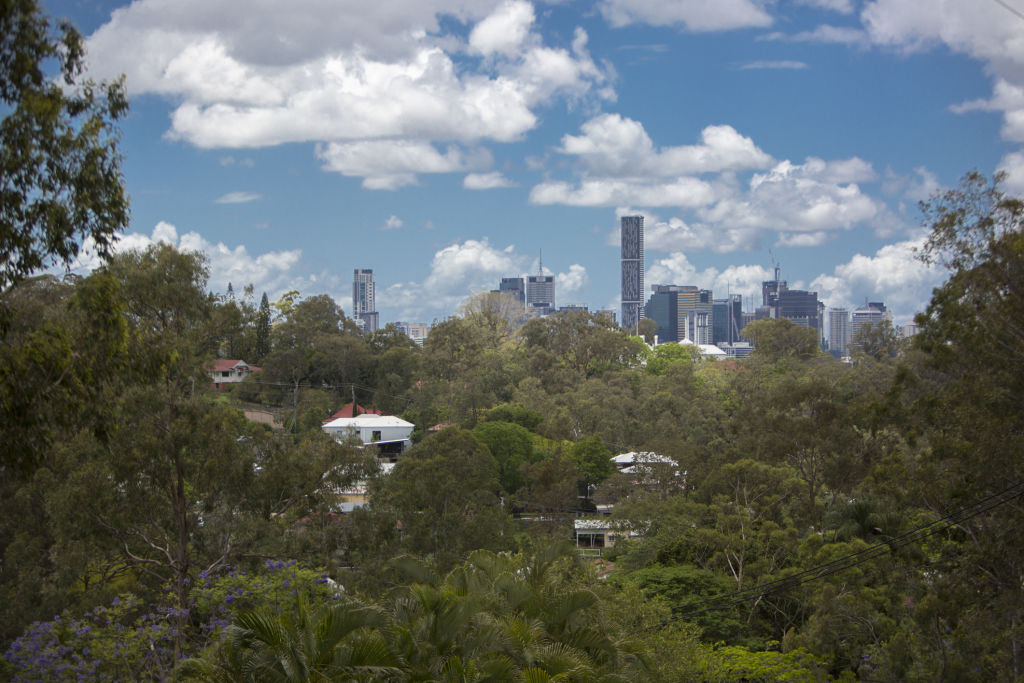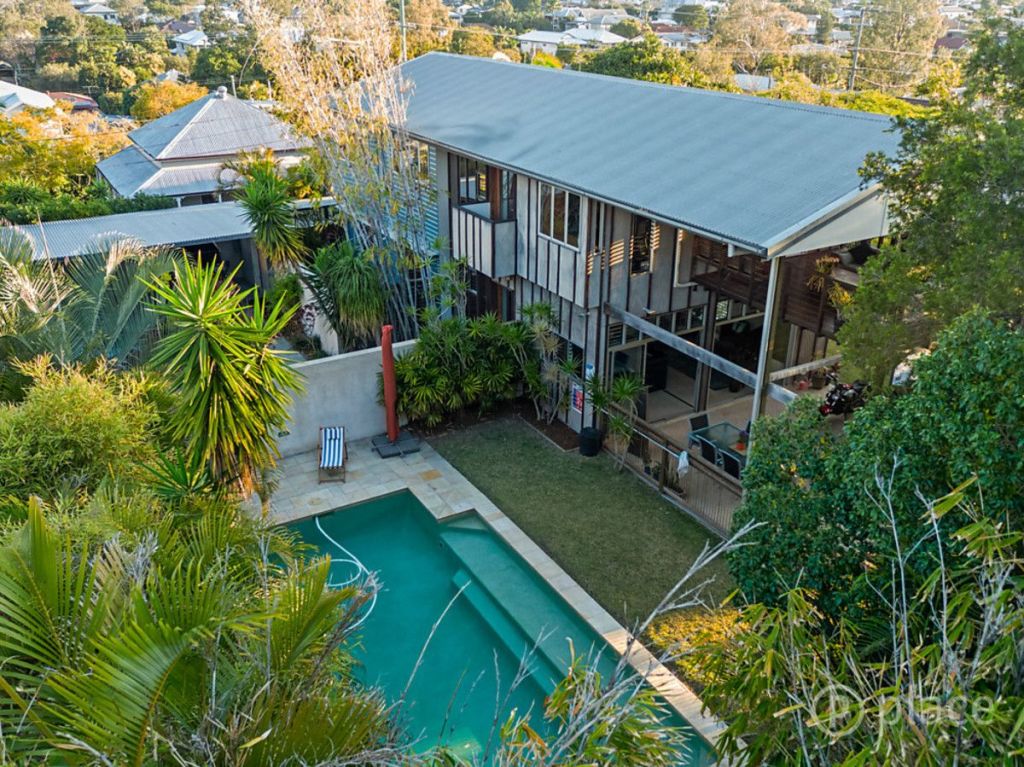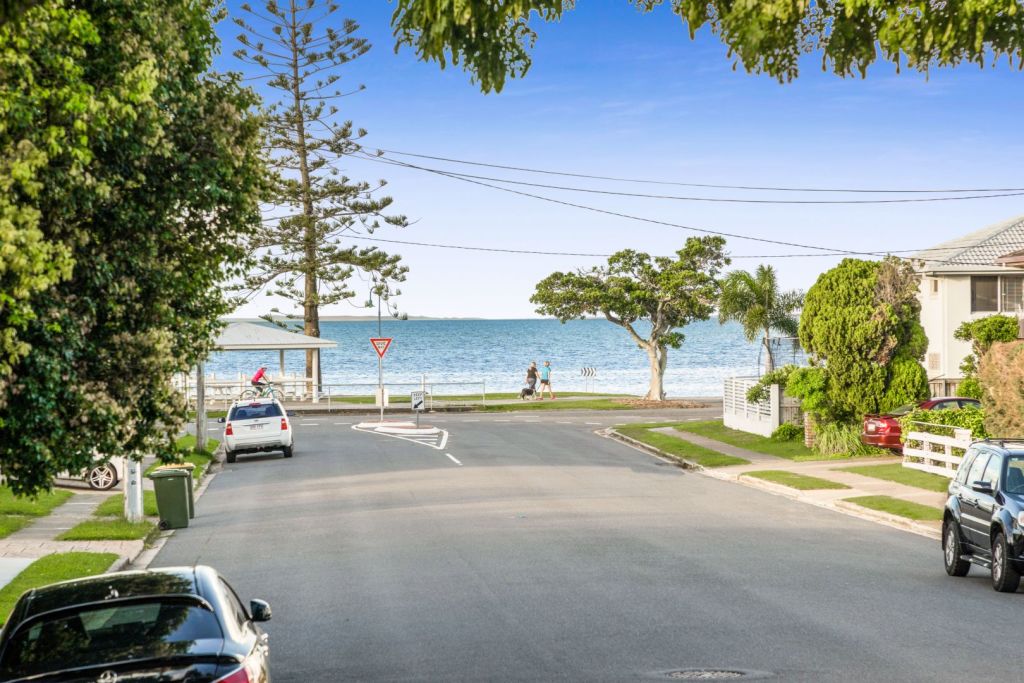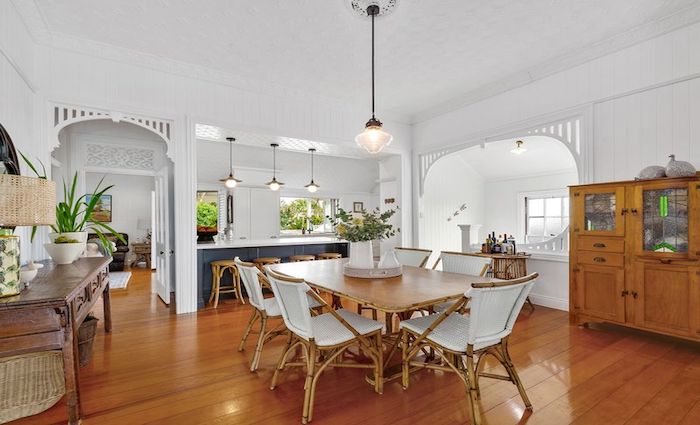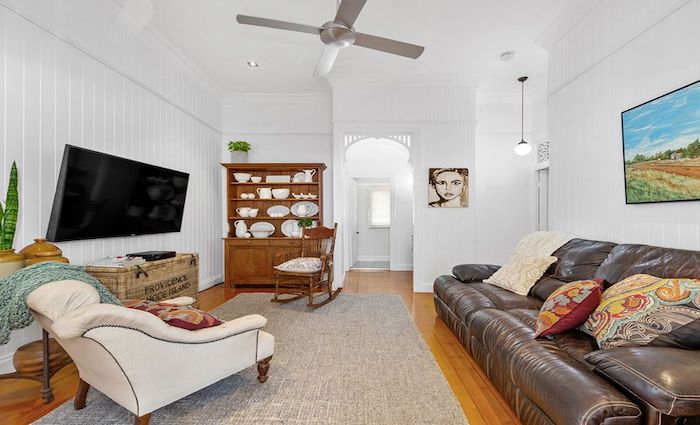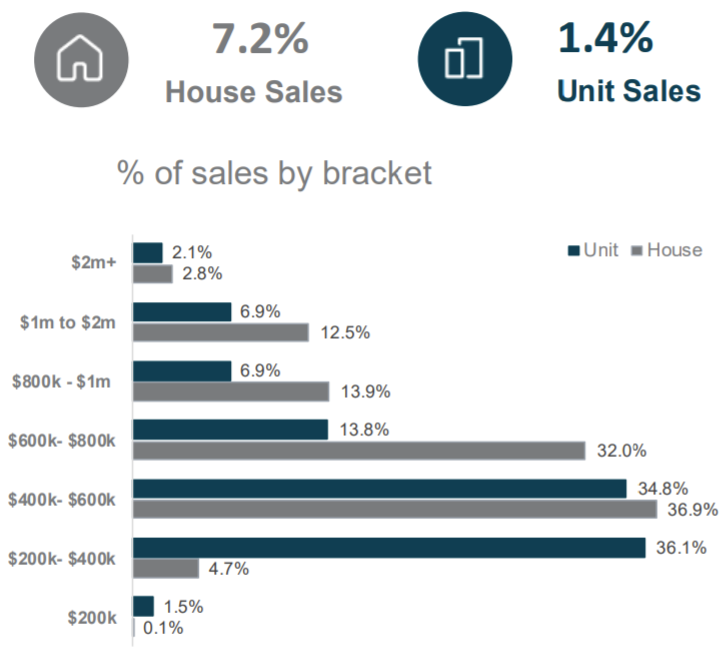Two shabby old workers’ cottages in two of Brisbane’s hottest locations have sold for close to $1 million each at auction, following fierce bidding battles worthy of a glamorous riverfront mansion.
The dated houses in East Brisbane and Mount Gravatt East attracted hordes of hungry buyers, with the first selling for $856,000 under the hammer, and the latter securing a jaw-dropping $945,000 and 40 registered bidders, topping off a thrilling weekend of auctions across Brisbane.
The pint-sized 62 Stafford Street, East Brisbane, secured 15 registered bidders on the day, with a far-north Queensland couple scoring the winning bid.

With its pink-and-green facade and Hills Hoist clothes line out the back, Ray White Brisbane City principal and auctioneer Dean Yesberg said he didn’t expect the home to get such a result, but put it down to a firing market, alongside the cottage’s prestigious location.
“It was the smallest house in the best street (of East Brisbane) and it’s a cute cottage. Also, the house next door is a magnificent heritage-listed old colonial and that added hugely to the appeal. It gives you confidence as a buyer,” Mr Yesberg said.
“The couple who got it had only seen the property on Friday, and they were coming down from Mission Beach. They wanted to buy something in the city and they’re planning to renovate it.”
Proving size is no guarantee of selling power, the two-bedroom cottage at 45 Gatton Street, Mount Gravatt East, enjoyed a rock-star reception from home hunters and developers alike, before selling for an incredible $95,000 above the reserve price to a developer.
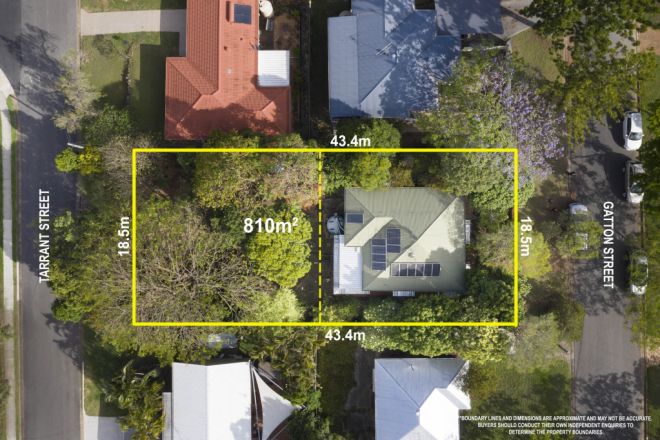
Selling agent James Austin, of Ray White Mount Gravatt, said the block itself and the sheer development potential sparked soaring buyer interest.
“There’s nothing like it around this area, it has a dual street frontage and the potential to be split into two blocks of land. Most of the buyers there today were developers with that in mind,” Mr Austin said.
“The buyer was an experienced developer who has done a lot of projects in Queensland. He hadn’t seen it prior to that auction that we know of, he just turned up on the day and bid aggressively.”
It was the two humble homes that stole the auction limelight on Saturday, but agents from across Brisbane clocked top sales from mini-mansions through to acreage hideaways off the back of soaring local activity.
Place Bulimba agent Joanna Gianniotis sold 14 Grant Street, Camp Hill, under the hammer for $2.2 million, following what she said was a fast-growing upgrader trend.
“We identified the buyer early on in the piece and it was a family who had come through four or five times. They were moving in from outer Brisbane into the city so their older daughters would be closer to universities and they were looking for just over a year,” Ms Gianniotis said.
“And, they were so excited (to finally get their dream home).
“We’re certainly seeing a strong taste with buyers seeking that large family home where they can house adults. Children are staying home for a longer period and, because of covid, people are working from home, so it changes what you need.
“But, the market in general has been just crazy and there’s just not enough out there, and what there is the locals have been snapping them up.
“In fact, this weekend has been big, with sales to locals who are trying to finalise buying a property before next weekend (when the borders open).”
Although locals dominated the buying pool on Saturday, a sprawling mini-mansion at 170 Camelot Place, Bridgeman Downs, attracted bidders from across the country and around the world, passing in at $4 million.
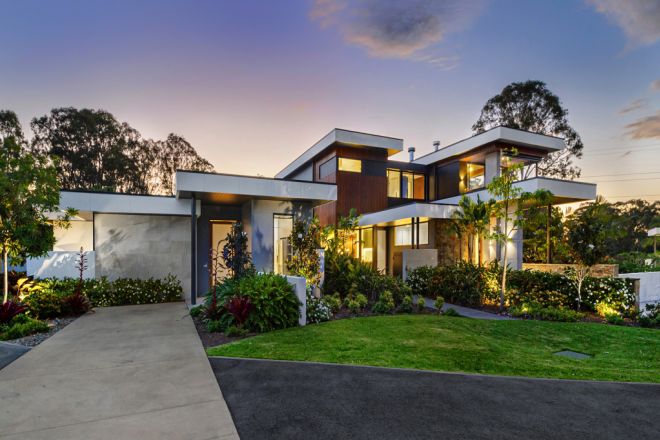
Selling agent Sonya Treloar, of Ray White Bridgeman Downs agent said five registered bidders fought it out for the seven-bedroom abode, which she was expecting to sell quickly in post-auction negotiations.
“We also sold 34 Peppermint Drive in Cashmere and it was a fantastic result. We had six registered bidders and it was fierce up to $1.3 million, before being sold for $1.305 million to a gorgeous couple with two little boys and they are making it their family home,” Ms Treloar said.
“It would also have to be one of the highest prices achieved in Cashmere.
“Right now, we have multiple offers on every property and we were so busy last weekend, we signed six contracts. There are lots of buyers and sellers are achieving really good results.”
Across the prestige end Peter Florentzos, of LJ Hooker Sunnybank Hills, sold 7 Hibiscus Court, Stretton, for $1.626 million, with a local buyer securing the winning bid for the seven-bedroom, four-bathroom mansion.
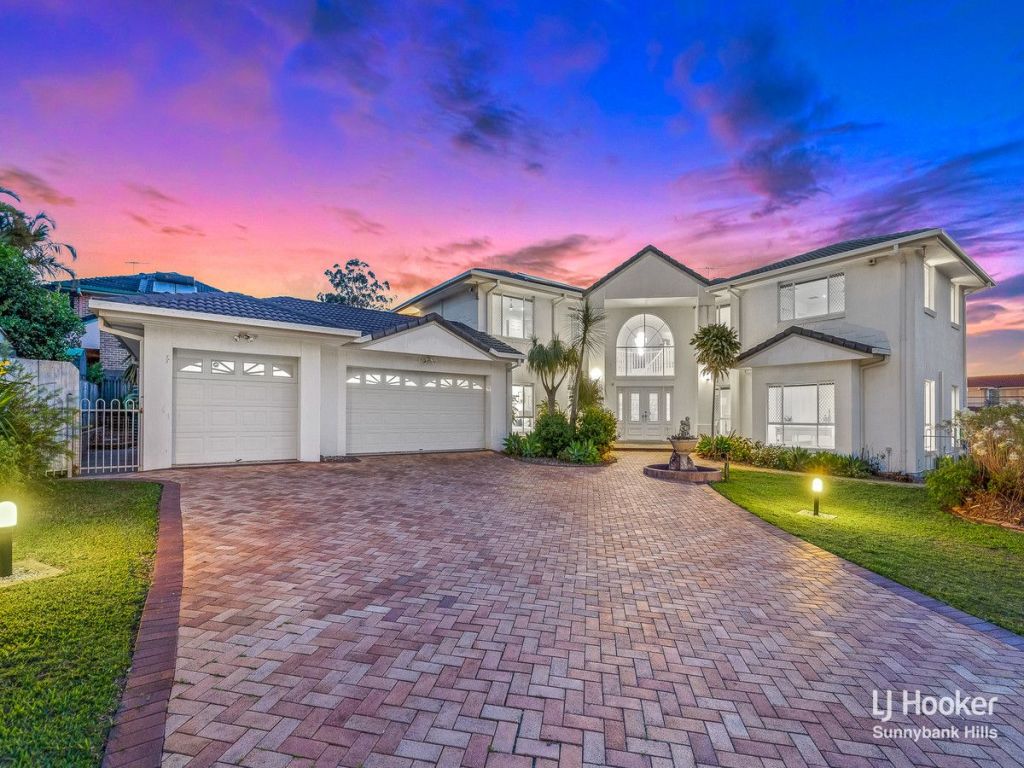
7 Hibiscus Court, Stretton.
“The market is very strong and, in my opinion, it will only get stronger next year. Confidence is back massively and interest rates are ridiculous, so it all falls into place,” Mr Florentzos said.
from Queensland Property Investor https://ift.tt/37gUwtv
via IFTTT
